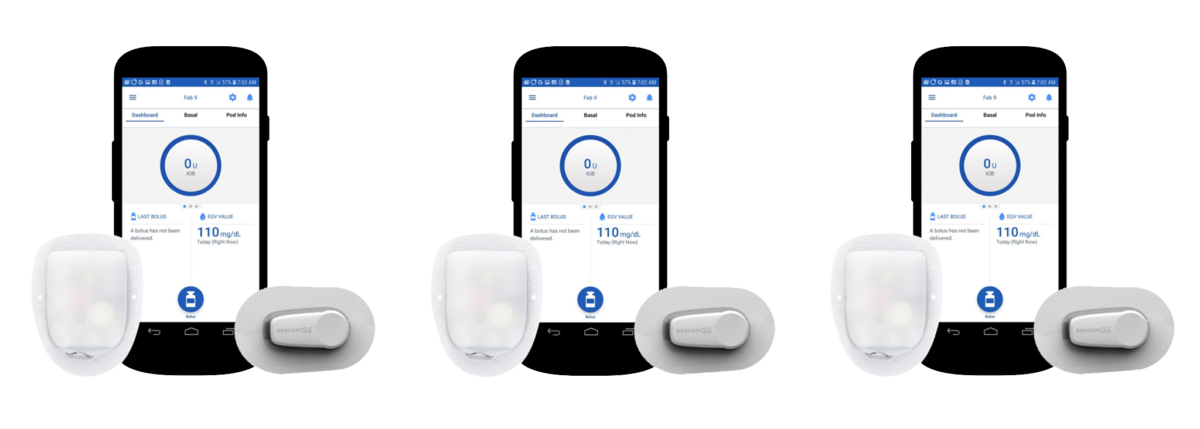Research Shows Fridges Might Be Destroying Insulin
Written by: Todd Boudreaux
2 minute read
January 3, 2019
A 16-month study has shown that 79% of insulin is kept at temperatures outside of the recommended range. Insulin stored in the fridge is at a much higher risk.
New research suggests that insulin is often stored outside of the recommended temperature range in patients’ refrigerators at home, which could affect the potency of the drug. The findings were presented at the European Association for the Study of Diabetes (EASD) Annual Meeting in Berlin this past week, and have wide-reaching implications for the diabetes community.
Insulin is frequently purchased in bulk and stored for several months at home before use. People with type 2 diabetes may place their insulin in the fridge and not think about it again until it’s needed months later. Unopened insulin should be stored at 2°-8° Celsius, 36°-46° Fahrenheit and should maintain its potency until the expiration date. Once opened, insulin should be kept at room temperature (15°-25° Celsius, 59°-77° Fahrenheit) and can be used for up to 28 days.
If stored incorrectly, insulin may lose its potency or become ineffective entirely. This can lead to hyperglycemia while using the affected insulin, and eventual hypoglycemia as a patient readjusts to “full-strength” insulin.
Dr. Katarina Braune from Charité—Universitaetsmediz in Berlin in Germany and Professor Lutz Heinemann (Science & Co) worked in collaboration with digital health company MedAngel BV to investigate how often insulin is kept outside of the recommended temperature range.
Over the course of 16 months, 388 diabetes patients in the USA and EU placed MedAngel temperature sensors next to their insulin either in the fridge or their diabetes bag. 315 out of 400 temperature logs revealed temperatures that were outside of the recommended range. That is 79 percent of insulin that is not being kept at the proper temperature.
The results were surprisingly worse for insulin being stored in the fridge than they were for insulin being carried by patients. Insulin stored in the fridge was out of the ideal temperature range on average two hours and 34 minutes a day, while insulin carried by patients was only outside of the normal temperature range an average of eight minutes a day.
Potentially the most significant discovery was that many of the thermometers (17 percent) recorded freezing temperatures, below 0° Celsius, 32° Fahrenheit. According to ConsumerMedSafety, once insulin has frozen, it should be immediately discarded. It should not be used even after thawing.
Laura Krämer, a pharmacist at MedAngel recommends storing insulin in an airtight container on the center shelf. Insulin is in greater danger of freezing in the vegetable drawer or on the top shelf, and is more likely to overheat on the door due to constant opening and closing. The ideal place to store insulin would be in a secondary fridge which is used less often, as the medication will go through less temperature fluctuations.

Author
Todd Boudreaux
Todd was diagnosed with type 1 diabetes in 2000, and has been unofficially advocating for type 1 diabetes for the last 18 years. Before joining the team at Beyond Type 1, Todd wrote and produced television shows for Discovery Channel, Travel Channel and Animal Planet. When he’s not in the office, you can usually find him at a baseball game, traveling, or drawing on his Etch A Sketch.
Related Resources

Eli Lilly and Company is helping patients and caregivers understand important changes to Medicare Part...
Read more

Already compatible with Dexcom’s G6 and G7 continuous glucose monitors (CGMs), the Omnipod 5 Automated...
Read more

The younger a person is diagnosed with type 2 diabetes, especially those with obesity, the...
Read more

